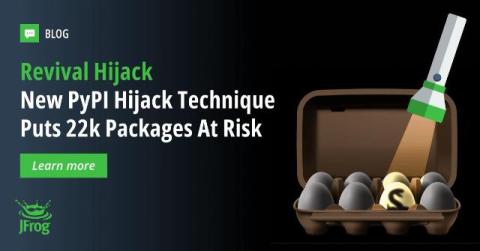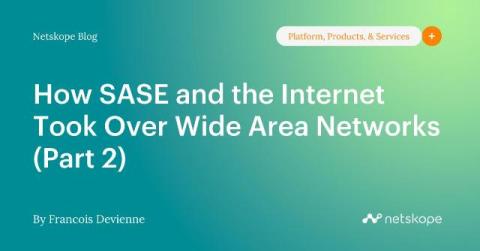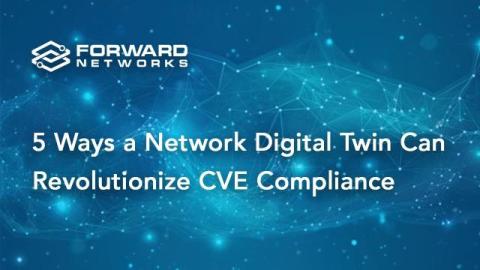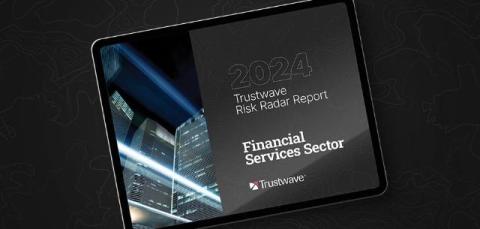Is your SIEM ready for the AI era? Essential insights and preparations
A head-spinning series of acquisitions and mergers is transforming the security information and event management (SIEM) market. Behind this market shakeup is the ongoing technological shift from traditional, manually intensive SIEM solutions to AI-driven security analytics. Legacy systems — characterized by manual processes for log management, investigation, and response — no longer effectively address today’s fast-evolving cyber threats.










